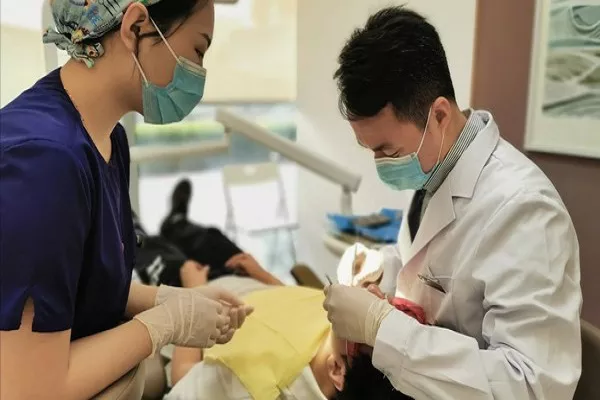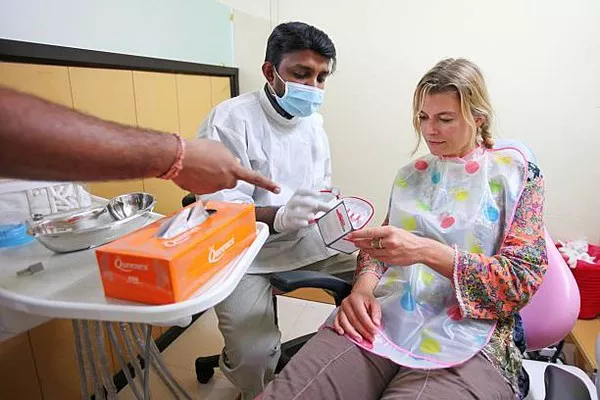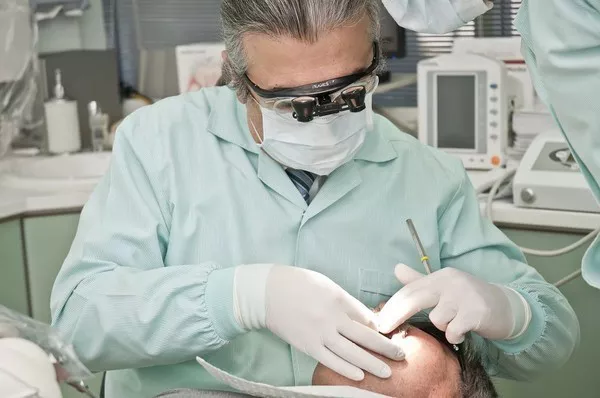In the quest for a healthy, radiant smile, one often overlooked aspect is the condition of our gums. Periodontal disease, also known as gum disease, can be a significant obstacle on the path to achieving optimal oral health. In this comprehensive article, we will delve into the causes, symptoms, and effective treatments for periodontal disease, answering the crucial question: Can I get rid of periodontal disease?
I. Understanding Periodontal Disease
1.1. Causes of Periodontal Disease
Periodontal disease is primarily caused by the buildup of dental plaque, a soft, sticky film of bacteria, mucus, and food particles that form on teeth. If left untreated, plaque can harden into tartar, leading to gum inflammation and infection. Various risk factors, including poor oral hygiene, smoking, and certain medical conditions, can increase the likelihood of developing periodontal disease.
1.2. Symptoms of Periodontal Disease
Recognizing the early signs of periodontal disease is essential for prompt treatment. Common symptoms include:
1.2.1. Bleeding Gums: One of the initial indicators of gum disease is bleeding gums during brushing or flossing.
1.2.2. Bad Breath (Halitosis): Persistent bad breath may be a sign of underlying gum issues.
1.2.3. Receding Gums: Gums that pull away from the teeth, causing tooth sensitivity and exposing roots.
1.2.4. Loose or Shifting Teeth: Advanced gum disease can lead to tooth mobility and even tooth loss.
II. Can Periodontal Disease Be Eliminated?
2.1. Preventative Measures
Preventing periodontal disease is the first step in maintaining gum health. To reduce the risk of gum disease, consider the following measures:
2.1.1. Brush and Floss Regularly: Effective oral hygiene practices include brushing at least twice a day and flossing once daily.
2.1.2. Regular Dental Check-ups: Routine dental visits for professional cleanings and check-ups are vital for early detection and prevention.
2.1.3. Healthy Diet: A diet rich in fruits, vegetables, and low in sugar can support gum health.
2.2. Non-Surgical Treatments
If you’ve already been diagnosed with periodontal disease, non-surgical treatments can often reverse the condition, especially in its early stages. These treatments include:
2.2.1. Scaling and Root Planing: A deep cleaning procedure to remove plaque and tartar from tooth surfaces and root surfaces.
2.2.2. Antibiotics: Oral or topical antibiotics may be prescribed to control infection and inflammation.
2.2.3. Dental Irrigation: This involves cleaning between the teeth and below the gumline using antimicrobial solutions.
III. Surgical Options for Advanced Periodontal Disease
In severe cases of periodontal disease, surgery may be necessary. Surgical procedures can help repair damaged tissue and restore gum health. The following are some surgical options available:
3.1. Flap Surgery
Flap surgery, also known as pocket reduction surgery, involves lifting the gums to remove tartar and infected tissue. This procedure can help reduce pocket depth and make it easier to maintain proper oral hygiene.
3.2. Bone Grafting
In cases where the bone supporting the teeth has been damaged by periodontal disease, bone grafting may be recommended. This procedure involves the placement of natural or synthetic bone material to regenerate bone and support teeth.
3.3. Soft Tissue Grafting
Soft tissue grafting is performed to augment gum tissue, which may have receded due to periodontal disease. This can improve the appearance of the gums and protect exposed tooth roots.
IV. Maintaining Gum Health
Preventing the recurrence of periodontal disease is crucial. To maintain gum health after treatment or surgery, consider the following steps:
4.1. Follow Post-Surgical Instructions
If you’ve undergone surgical treatment, closely follow the post-operative care instructions provided by your dentist or periodontist.
4.2. Consistent Oral Hygiene
Continue your oral hygiene routine, including brushing, flossing, and rinsing with an antimicrobial mouthwash.
4.3. Regular Dental Check-ups
Schedule regular dental check-ups to monitor your gum health and ensure that any issues are addressed promptly.
Conclusion
In conclusion, while periodontal disease can be a challenging condition to deal with, it is possible to get rid of it through a combination of preventive measures, non-surgical treatments, and, in severe cases, surgical interventions. Maintaining gum health is an ongoing process, requiring commitment to oral hygiene and regular dental care. By taking the right steps, you can work towards a healthier, disease-free smile, ensuring that the answer to the question “Can I get rid of periodontal disease?” is a resounding yes. Remember that your oral health is a vital component of your overall well-being, and it deserves the attention and care it requires.
Related Links:
How to fight gingivitis fast?
How to prevent gingivitis from getting worse?
How to get rid of bleeding gums naturally?































